Cristo dei muratori – Carlo Damerini
Borgo Museo | Sculture 1976 – 2004
ITALIANO | English below
La vita
L’ingegnere-artista Carlo Damerini nasce a Roma nel 1921, ma è residente a Firenze già dal 1931. Ex ufficiale di marina si laurea nel 1949 in ingegneria civile, per iniziare poi la sua professione nello studio di un noto architetto fiorentino, Giovanni Michelucci. Prosegue poi i suoi lavori come libero professionista curando in particolare progetti di ponti, viadotti e strade. Nel 1953 vince il Concorso nazionale per le Officine F.lli Lazzi di Firenze in cui utilizza, per la prima volta nella città, il cemento armato precompresso, caratterizzandosi così per la sua ricerca di tecniche sempre più avanzate. Parallelamente al lavoro d’ingegnere, produce numerose opere scultoree, alcune delle quali sono state collocate in sedi pubbliche, come il Cristo in bronzo a Pistoia e la Scultura-fontana a Firenze. Nel 1983 è stato premiato alla Biennale della medaglia d’arte.
La poetica
Influenzato dalla sua carriera lavorativa di ingegnere civile, Carlo Damerini si figura come un uomo tutto preso dal rigore dei calcoli matematici… che vengono però a mancare nel suo lavoro di pittore e scultore. Nei suoi lavori di pittura, si ritrovano paesaggi di paesi, dove i mattoni, il cemento e la pietra sono elementi ricorrenti e richiamano la sua prima professione. Ma osservando meglio le sue opere, in particolare le sue sculture, si avverte anche il sollievo di chi, pressato nel quotidiano dalla rigidità del suo mestiere e dalle regole della matematica, si libera e abbandona all’immaginazione.
L’opera a Castagno
L’opera di Damerini presente al Borgo Museo è il Cristo dei Muratori. Nella scultura si può osservare come l’artista vada oltre le misure e proporzioni che caratterizzano il suo lavoro. La figura del Cristo infatti, con un corpo particolarmente lungo, molto magro ed esile, appare come sproporzionata. Anche qui vediamo come l’arte gli abbia permesso di uscire dal mondo delle regole e convenzioni. L’arte è un atto di espressione libera, di libertà.
ENGLISH
Biography
The engineer-artist Carlo Damerini was born in Rome in 1921, but has been living in Florence since 1931. Former naval officer he graduated in civil engineering in 1949, to then begin his profession in the studio of a well-known Florentine architect, Giovanni Michelucci. He then continues his work as a freelancer taking care in particular of projects for bridges, viaducts and roads. In 1953 he won the national competition for the Officine F.lli Lazzi in Florence in which he used prestressed reinforced concrete for the first time in the city, thus distinguishing himself for his search for increasingly advanced techniques. Parallel to his work as an engineer, he produces numerous sculptural works, some of which have been placed in public locations, such as the bronze Christ in Pistoia and the sculpture-fountain in Florence. In 1983 he was awarded the art medal at the Biennale.
Philosophy
Influenced by his career as a civil engineer, Carlo Damerini figures himself as a man completely absorbed by the rigor of mathematical calculations… which are however lacking in his work as a painter and sculptor. In his painting works, we find country landscapes, where bricks, concrete and stone are recurring elements and recall his first profession. But looking more closely at his works, especially his sculptures, one also feels the relief of those who, pressed in everyday life by the rigidity of their profession and the rules of mathematics, free themselves and abandon themselves to the imagination.
Artwork in Castagno
Damerini's work in the Borgo Museum is the Christ of the Masons. In the sculpture you can see how the artist goes beyond the measures and proportions that characterise his work. In fact, the figure of Christ, with a particularly long, very thin and slender body, appears to be disproportionate. Here too we see how art has allowed him to leave the world of rules and conventions. Art is an act of free expression, of freedom.

